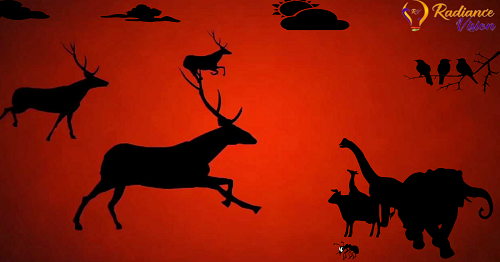5 Components of a Camera That Contributes to a Perfect Click
Small drops make an ocean. Similarly there are multiple factors that contribute to a picture. A camera is indeed an interesting device which has multiple technical details. Here are some of them simplified for you, along with their functions:
1. Viewfinder: With the development of technology, it becomes smaller and cheaper. Cameras are also one among those who are impacted due to the same. A viewfinder is the preview window on a camera which is used to frame, focus and click the picture. Today cameras have LCD viewfinders and it is common in point and shoot cameras. LCD viewfinders enables the users to navigate through menus, review footage etc. Having an LCD viewfinder has some limitations. It tends to consume a lot of battery. Today the features are such that the preview can be switched between preview window or LCD viewfinder.
2. Image stabilization: Image stabilization is the feature that helps in the reduction of blurring in the camera. Even if your camera is still, you can encounter some blur problems when your image is blurred due to low shutter speed. There are 2 types of image stabilizers: Optical and digital Optical image stabilizer is located near the lens of the camera. It is governed by sensors which manages the image blurring. Digital stabilizers tend to center the image during recording, thus reducing the image clarity or the image resolution. Although using this is a tricky job, purchasing of camera can be done based on your needs and wants because it influences the need for either a camera with optical image stabilizer or digital image stabilizer.
3. External microphone port: A microphone is basically used to record the sound around the camera. Although a camera has an in built microphone for this purpose, there are provisions for an external microphone port to record the sound in a much more efficient way because the internal recorder cannot be trusted most of the time. Using an external microphone can improve the quality of the sound being recorded.
4. Zoom: Cameras generally have two types of zoom- optical and digital. Digital zoom is the zooming of the image, due to which the image appears to be blurred or distorted. It is handled by digital processors. Optical zoom is the zooming of the lens in the camera. The lens physically moves to focus on an image. In most of the cases, optical zoom is preferred.
5. Manual controls: A camera has two basic features- automatic and manual. In automatic, the adjustments are taken care by the camera such that there is no need for the user to adjust the specifications. It is managed by the camera. In manual, the task is done by the user. The user changes the specifications manually to get a better picture. Automatic is also known as default settings. Manual mode is used to get a better image as a lot of adjustments have to be done to get a perfect image, such as changing the white balance, shutter speed etc. Here are some components of manual mode
1.ISO- It is a numerical value that controls the light sensitivity on your camera.
2.Aperture- It is the range at which the lens is opened to control the depth of the field. The lower the aperture, the higher the exposure and vice versa.
3.Shutter speed- It is the exposure of the camera’s inner shutter that allows light to enter and hit the processor. Less shutter speed is used to capture objects which move at a fast rate.
4.White balance- This is used to remove the unrealistic colours such that in the end you end up capturing an image which looks natural.
We at Radiance Vision are committed to serving our clients with full potential through our tailor made services managed by our experienced team.
- Posted on Wednesday 30th of January 2019
- by Radiance Vision
- Share




